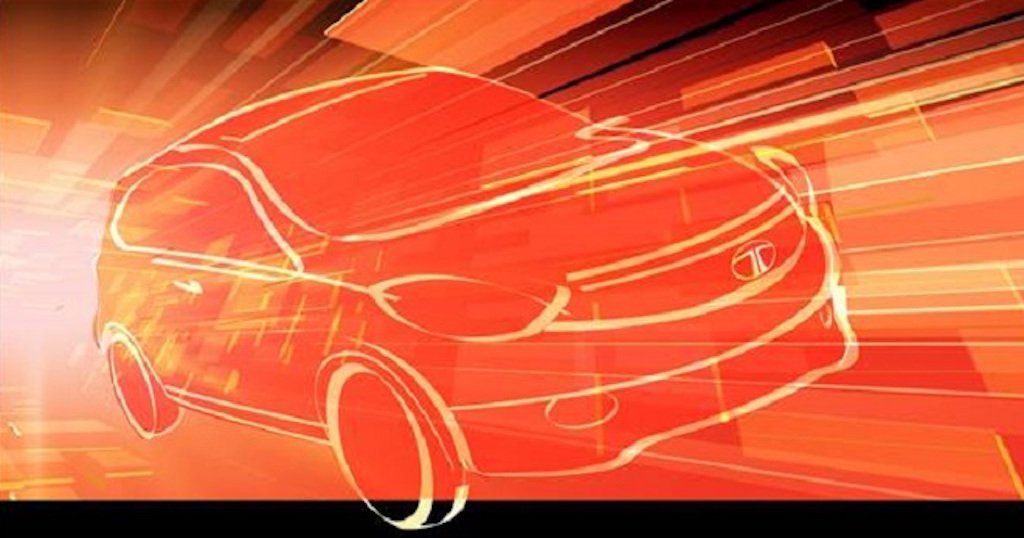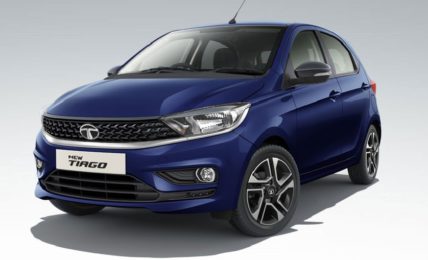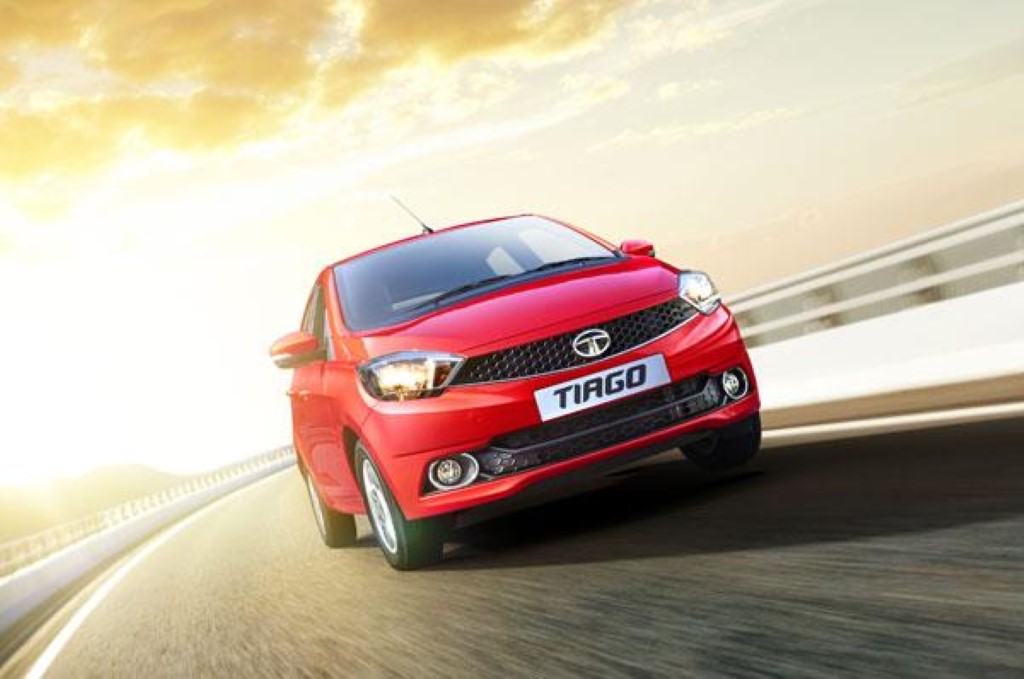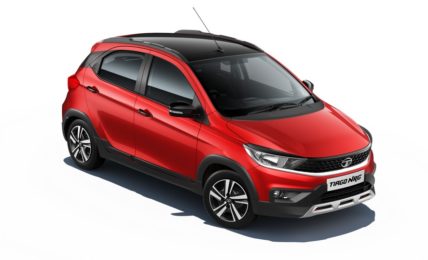The nameplate Zica has been derived from the first two letters of the words Zippy Car, hinting towards the peppy performance of the hatchback.
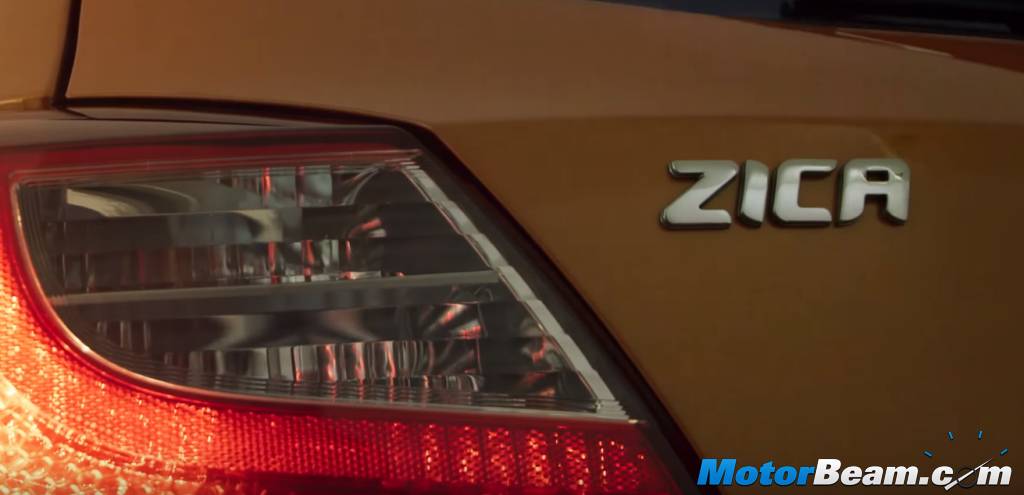
Tata Motors has some very interesting codenames for their upcoming vehicles – Kite, Eagle, Falcon and so on; so it was rather odd for the company to christen the production spec Kite hatchback as the ‘Zica’. However, clearing the air over the different name, the Indian automaker in a Facebook post stated that the Zica moniker is derived from the first two letters of the words ‘Zippy Car’ (Go figure!). Nevertheless, if the name is anything to go by, we expect the Zica to be zippy and peppy on the road.
The Tata Zica is scheduled for an official reveal in the first week of December while sales will commence in January 2016. The automaker’s newest launch is based on the heavily revised X0 platform and will be featuring a completely new design language. Styled at Tata’s design centre’s in the UK and Italy, the new hatchback opens up a new direction for the company as far as aesthetics are concerned, moving from the shadows of the Vista styling. A bold honeycomb mesh grille with bulging headlamps grace the front while the rear gets wraparound tail lights.
Power on the 2016 Tata Zica will come from a 1.2-litre petrol engine expected to churn out around 75 HP while diesel power will come from a newly developed 1.05-litre three-cylinder motor tuned for around 64 HP and 140 Nm of torque. We expect the Zica to be city friendly with the oil burner receiving healthy low-end torque. Transmission options will include a 5-speed manual on both engines while an AMT unit could also be a possibility.
Tata Motors is targeting younger buyers with the new offerings and has roped in footballer Lionel Messi as its global brand ambassador. The company is aggressively making amends to change its image not only with the new products but with the after sales and service experience as well. In addition to the hatchback, the automaker will be introducing a compact sedan version based on the Zica later in the year. Both models are set to replace the Indica and Indigo eCS models in Tata’s lineup but not immediately.
